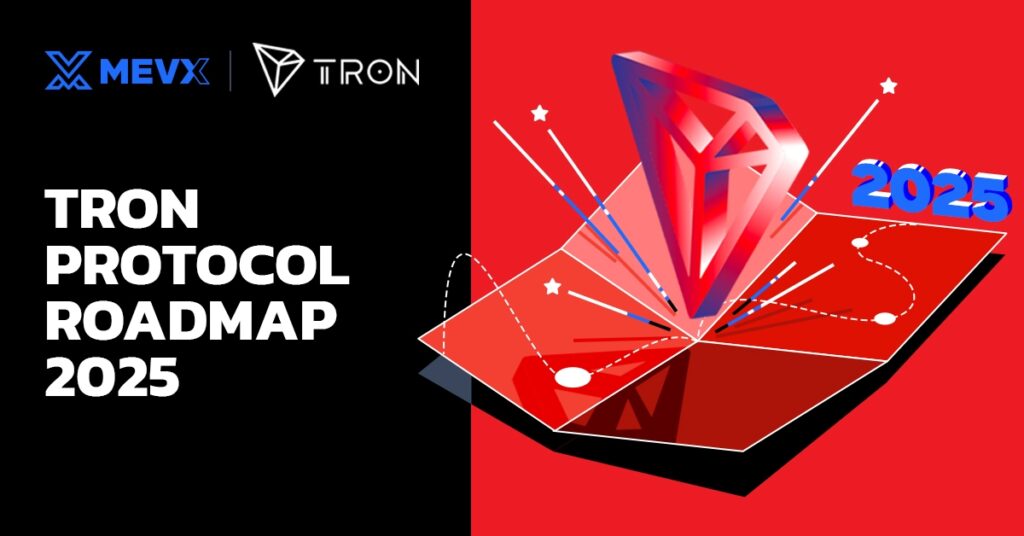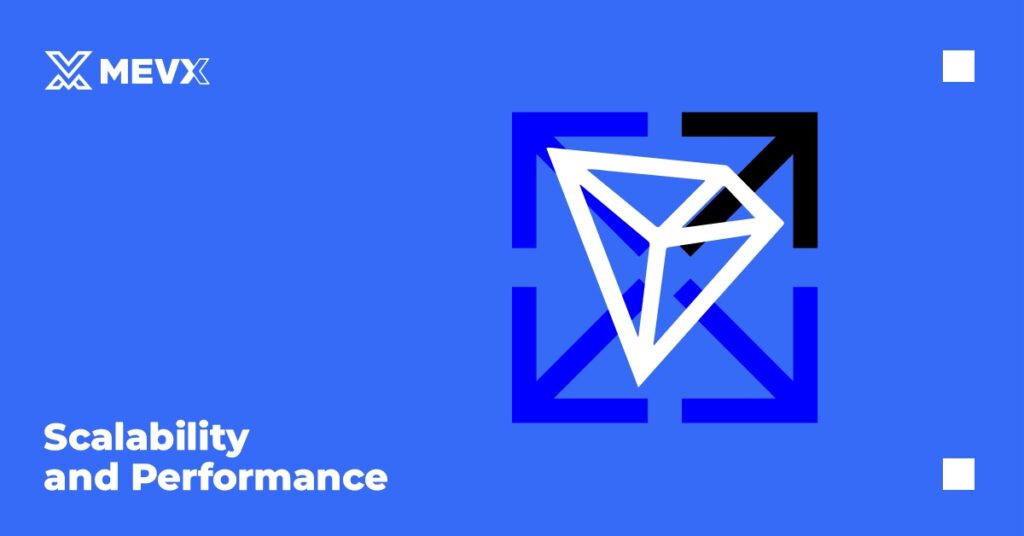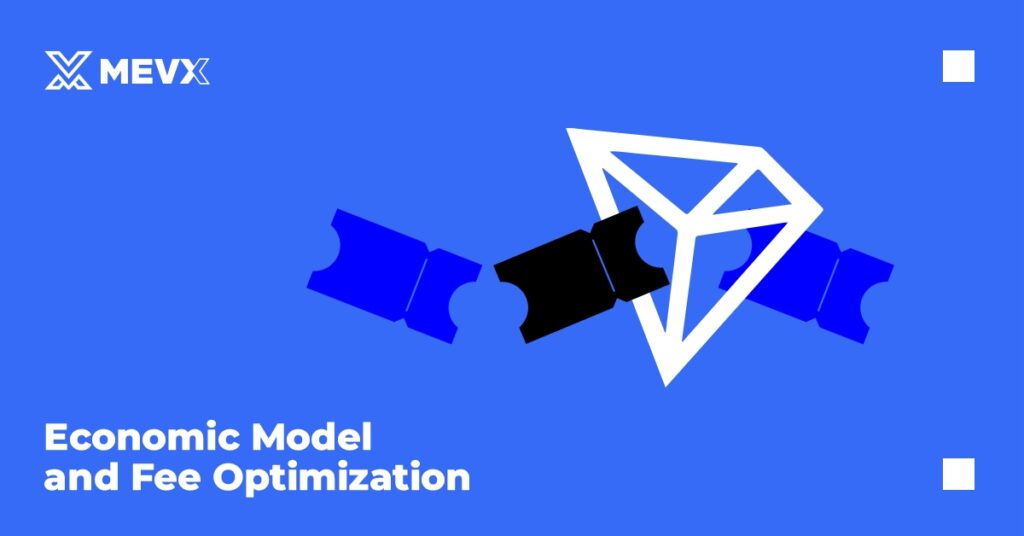The TRON Protocol Roadmap 2025 reveals how TRON is planning for the future phase of development. TRON established itself as a fast and efficient smart contract platform, and in the current year, the team is working on making the network scalable, secure, and functional for modern Web3 applications.

It details improvements in four key areas: network stability, scalability and performance, the economic model, and upgrades to infrastructure. Segment what is planned for 2025 and beyond.
Network Stability
Network stability is one of the priorities of the TRON Protocol Roadmap 2025. The objective is ensuring that nodes remain up and secure against attacks, so the network remains functional even with voluminous and busy transactions.
Upgrade of the P2P Layer (Q3 2025)
The current Java-Tron P2P layer has been operating for years, although it isn’t very efficient with heavier workloads. Problems are:
- Nodes are getting isolated due to malicious connection flooding
- Higher likelihood of traffic amplification attacks
- Pressure of increasing transaction sizes
The upgrade will restructure the process of the nodes finding and communicating with one another. This will improve abuse protection, uptime, and dependability.
Scalability and Performance
Scalability is one of the key targets of the TRON Protocol Roadmap 2025. They desire TRON to become faster and quicker, both in hardware and software, so it is ready to support millions of users and millions of transactions without lag.

Support for ARM Architecture (Q2 2025)
TRON will be extended from x86 servers so that it supports ARM-based computers as well. This allows node operators to deploy TRON on less expensive and energy-friendly devices ranging from edge equipment up to today’s cloud infrastructure.
API Performance Optimization (Q1 2025)
The API layer is being optimized to:
- Speed up request/response times
- Handle more users at the same time
- Improve stability during heavy usage
This is especially useful for developers building gaming, DeFi, and real-time social apps.
Parallel Transaction Execution (Long-Term)
TRON is currently processing one transaction. It will later check and run them at the same time, and that will:
- Boost transaction throughput
- Reduce block processing time
- Take better advantage of multicore hardware
Fast Finality via Dual Consensus (Long-Term)
TRON’s DPoS closes out blocks today in about one minute. It will integrate DPoS with pBFT and trim finality time down to about 6 seconds. This is especially useful for applications like trading and cross-chain swaps, where speed matters most.
Economic Model and Fee Optimization
The TRON Protocol Roadmap 2025 is equally concerned with streamlining the fee system and making it more predictable. The proposal is to maintain relatively low fees for regular users and ensure that developers and dApps run smoothly.

Dynamic Transaction Fee Adjustment (Long-Term)
TRON payment fees for energy and bandwidth are economical but non-discriminatory with transaction type. These upgrades will:
- Analyze how smart contracts use resources
- Adjust fees based on instruction efficiency
- Optimize costs for simple transfers
This way, users only pay what’s fair for the resources they use.
Advanced Infrastructure and Long-Term Upgrades
Upgrading the infrastructure of TRON is meant for future-proofing the network. The TRON Protocol Roadmap 2025 calls for reduced technical specifications required for nodes and increasing functions that empower the system.
Incremental Consensus for State Data (Q4 2025)
Instead of recalculating the full state root for every block, TRON will move to incremental state changes. This reduces computational load while keeping consensus secure—a big win as blockchain data keeps growing.
State Expiry and Storage Optimization (Long-Term)
TRON will introduce a state expiry model, which includes:
- Leasing storage for active data
- Moving expired data to decentralized or cold storage
- Cutting down disk space needs for full nodes
Together with support for lightweight nodes, this makes TRON more accessible to regular users, not just enterprises.
Account Abstraction (Long-Term)
TRON plans to adopt account abstraction, which allows for:
- Smart contract-based wallets
- Custom validation logic for transactions
- Advanced security features and programmable accounts
This upgrade makes the network easier to use while giving developers more flexibility to design innovative apps.
Final Thoughts
The TRON Protocol Roadmap 2025 is about speeding up TRON, making it safer, and making it even easier to use. From providing stability enhancements in the P2P layer to scalability enhancements such as parallel execution and quicker finality to infrastructure enhancements such as account abstraction, TRON is being rearchitected with the next phase of adoption in blockchain.
These upgrades are not just technological—they are indicative of TRON’s drive to stay competitive as a leading Layer-1 blockchain. With growing Web3 usage and users joining the network annually, the TRON Protocol Roadmap 2025 ushers TRON into scaling for the future.
Read more TRON articles on the MevX Blog!
Share on Social Media:
